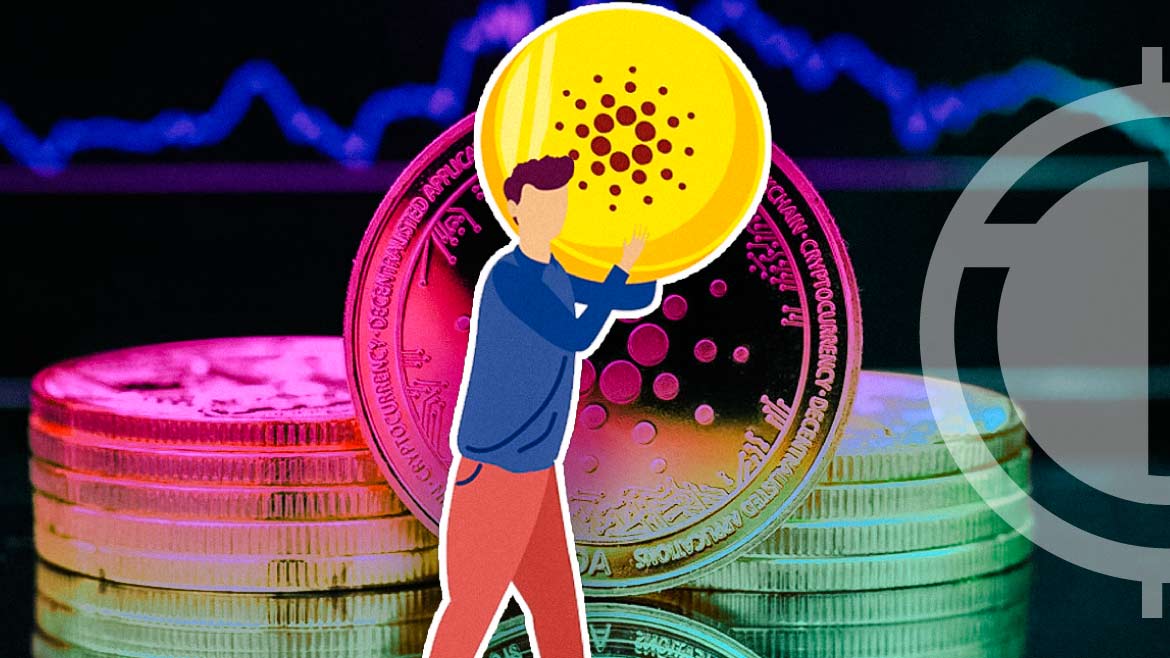The recent reports revealed that the public blockchain platform Cardano is currently standing at 94% load, edging closer to its maximum capacity. Sebastien Guillemot, the co-founder of the blockchain company dcSpark and a contributor to Cardano familiarized his followers with the blockchain’s maximum capacity, pointing out the changes Cardano could embrace approaching the 100% load.
Notably, Guillemot, shared a chain of tweets on his official page, assuring the crypto community that the blockchain’s scalability roadmap is progressing:
Cardano is currently at 94% load!
— Sebastien Guillemot (@SebastienGllmt) May 8, 2023
Only 6% left until Cardano is at max capacity
What does that mean, and how can you be prepared 🧵 pic.twitter.com/1TZsIUg10N
While picturing the key expectations on the state of the network approaching its maximum capacity, the developer posited the changes that the blockchain would undergo upon hitting the 100% load.
Primarily, he hinted at the longer processing time, following the scheme of the “first-come-first-serve model”; he pointed out that there would be no “transaction prioritization”, asserting that upon hitting the 100% load, all transactions would be treated equally without priority.
Also, he talked about the other features including the relaxation of tax fees and the stake pools prioritization, which would reach a point where it “prioritize(s) one DEX over another”.
Guillemot assured that the blockchain is currently in a better potion than in 2021, reiterating that the changes he anticipates now have already been present in 2021.
Interestingly, the crypto enthusiast narrated several strategies that would scale the network; he suggested ways including increasing block sizes, implementing a tiered fee structure, encouraging more decentralized applications (dApps), etc.
In addition, he pointed out that the usage of L2s and sidechains, the development of a DA layer, could also enhance the blockchain’s scaling. More “creative ways” referred to by him included the “dApps and wallets implementing better UTXO selection algorithms”.
Cardano’s performance significantly showcases a bullish tendency despite today’s 2% decline. Investors are likely to be optimistic about ADA’s long-term prospects, so an increasing interest in ADA supposedly exists.






